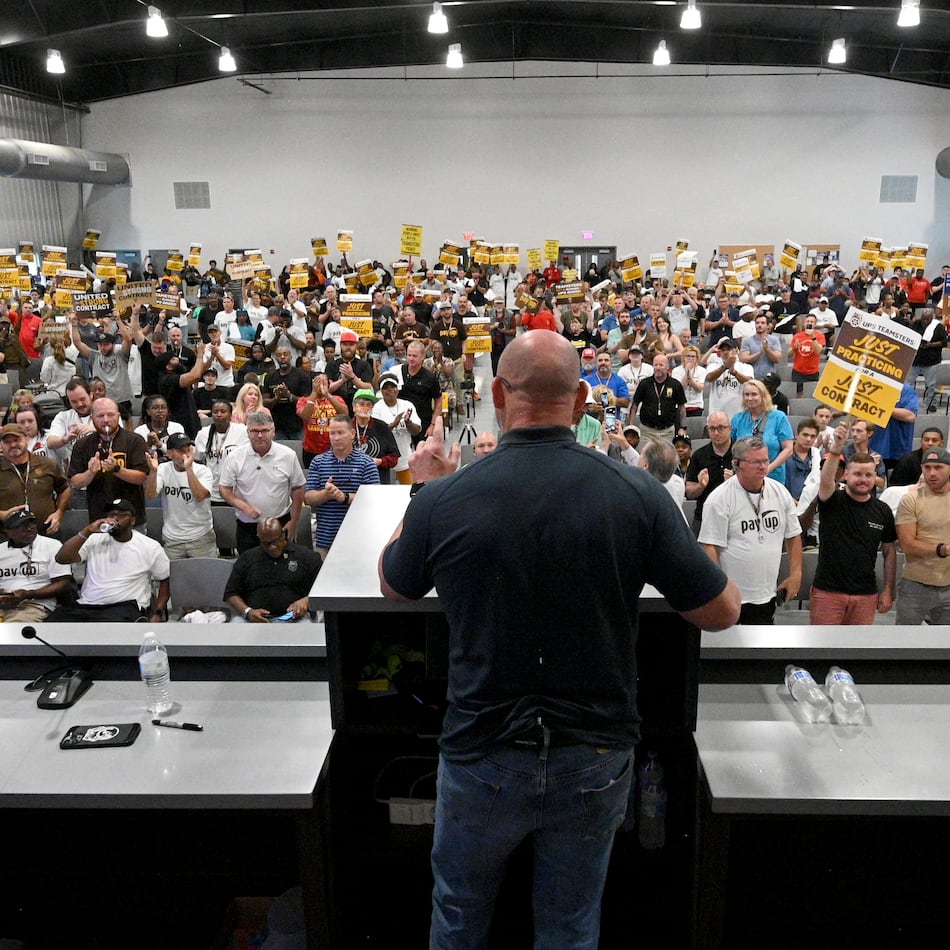Every time Los Angeles exhales, odd-looking gadgets anchored in the mountains above the city trace the invisible puffs of carbon dioxide, methane and other greenhouse gases that waft skyward.
Halfway around the globe, similar contraptions atop the Eiffel Tower and elsewhere around Paris keep a pulse on emissions from smokestacks and automobile tailpipes. And there is talk of outfitting Sao Paulo, Brazil, with sensors that sniff the byproducts of burning fossil fuels.
It’s part of a budding effort to track the carbon footprints of megacities, urban hubs with more than 10 million people.
For years, carbon dioxide and other greenhouse pollutants have been closely monitored around the planet by stations on the ground and in space. Last week, worldwide levels of carbon dioxide reached 400 parts per million at a Hawaii station that sets the global benchmark — a concentration not seen in millions of years.
Now, some scientists are eyeing large cities — with LA and Paris as guinea pigs — and aiming to observe emissions in the atmosphere as a first step toward independently verifying whether local — and often lofty — climate goals are being met.
For the past year, a high-tech sensor poking out from a converted shipping container has stared at the Los Angeles basin from its mile-high perch on Mount Wilson, a peak in the San Gabriel Mountains that’s home to a famous observatory and communication towers.
Like a satellite gazing down on Earth, it scans more than two dozen points from the inland desert to the coast. Every few minutes, it rumbles to life as it automatically sweeps the horizon, measuring sunlight bouncing off the surface for the unique fingerprint of carbon dioxide and other heat-trapping gases.
In a room next door, instruments that typically monitor air quality double as climate sniffers. And in nearby Pasadena, a refurbished vintage solar telescope on the roof of a laboratory on the California Institute of Technology campus captures sunlight and sends it down a shaft 60 feet below where a prism-like instrument separates out carbon dioxide molecules.
On a recent April afternoon atop Mount Wilson, a brown haze hung over the city, the accumulation of dust and smoke particles in the atmosphere.
“There are some days where we can see 150 miles way out to the Channel Islands and there are some days where we have trouble even seeing what’s down here in the foreground,” said Stanley Sander, a senior research scientist at the NASA Jet Propulsion Laboratory.
What Sander and others are after are the mostly invisible greenhouse gases spewing from factories and freeways below.
There are plans to expand the network. This summer, technicians will install commercial gas analyzers at a dozen more rooftops around the greater LA region. Scientists also plan to drive around the city in a Prius outfitted with a portable emission-measuring device and fly a research aircraft to pinpoint methane hotspots from the sky.
Six years ago, elected officials vowed to reduce emissions to 35 percent below 1990 levels by 2030 by shifting to renewable energy and weaning the city’s dependence on out-of-state coal-fired plants, greening the twin port complex and airports and retrofitting city buildings.
Project manager Riley Duren of JPL said it’ll take several years of monitoring to know whether LA is on track to reach its goal.
So far, $3 million have been spent on the U.S. effort with funding from federal, state and private groups. The French, backed by different sponsors, have spent roughly the same.
Scientists hope to strengthen their ground measurements with upcoming launches of Earth satellites designed to track carbon dioxide from orbit. The field experiment does not yet extend to China, by far the world’s biggest carbon dioxide polluter. But it’s a start, experts say.
With the focus on megacities, others have worked to decipher the carbon footprint of smaller places like Indianapolis, Boston and Oakland, where University of California, Berkeley researchers have taken a different tack and blanketed school rooftops with relatively inexpensive sensors.
“We are at a very early stage of knowing the best strategy, and need to learn the pros and cons of different approaches,” said Inez Fung, a professor of atmospheric science at Berkeleys.
About the Author
The Latest
Featured

